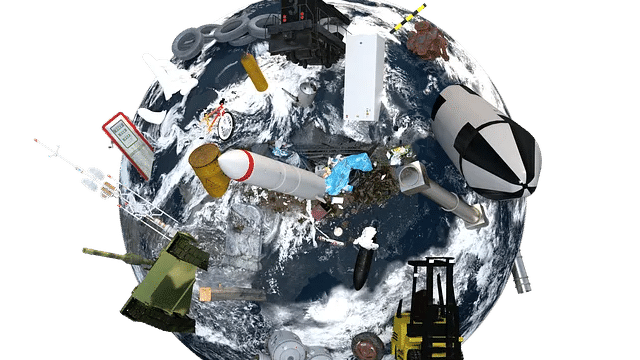The ozone layer has great significance in our lives. It forms a protective shield around the Earth’s atmosphere and protects the ecosystem from the harmful ultraviolet rays of the Sun. However, due to human activities, a hole larger than the size of Antarctica has been developed in the layer.
Also Read: Humanity is doomed: Young people on climate change
Thus, to raise awareness about the protection of the Ozone layer through human efforts, September 16 every year is observed as the ‘International Day for Preservation of Ozone Layer.’ The day also marks the amendment in the Vienna Convention for the protection of the ozone layer. The theme for this year’s Ozone Day is ‘Montreal Protocol – Keeping us, our food and vaccines cool.’
On the occasion of World Ozone Layer Day today, we have compiled some basic practices that humans can adapt to protect the Ozone shield around the Earth.
Also Read: Climate change may render 200 million people homeless by 2050: Study
Replace/limit ACs and refrigerators
Modern-day tools like air conditioners and refrigerators release hazardous gases like chlorofluorocarbons (CFCs), halogenated hydrocarbon, methyl bromide and nitrous oxide that deplete the Ozone layer further. By replacing them with more eco-friendly options or limiting their global usage, we can prevent the damage to an extent.
Consumption of local products
When food products travel more distance, they tend to produce more nitrous oxide, which is a harmful gas for the environment, due to the medium used for transportation. This way, by getting fresh products we can limit the release of harmful matter into the environment.
Minimise use of personal vehicles
Most vehicles have been converted to CNG machines, which is a great way to go, but what we often forget is cars and vehicles are a large source of chlorofluorocarbons (CFCs) released due to ACs attached to it. By adopting practices like carpooling, using public conveyance or eco-friendly alternatives like bicycles for shorter distances, we can minimise this damage to a great extent.
Organic farming
Another great source of ozone harmful gases is traditional, chemical fertilisers. Farmers should adopt organic fertilisers for agriculture purposes to avoid greenhouse gases emission.
Plant more trees
This is the most basic, easy and effective human effort to control greenhouse emissions. On the contrary, we are taking away even the leftover trees to support urbanisation. This needs to stop. Every family should plant and protect at least one tree around their home.







